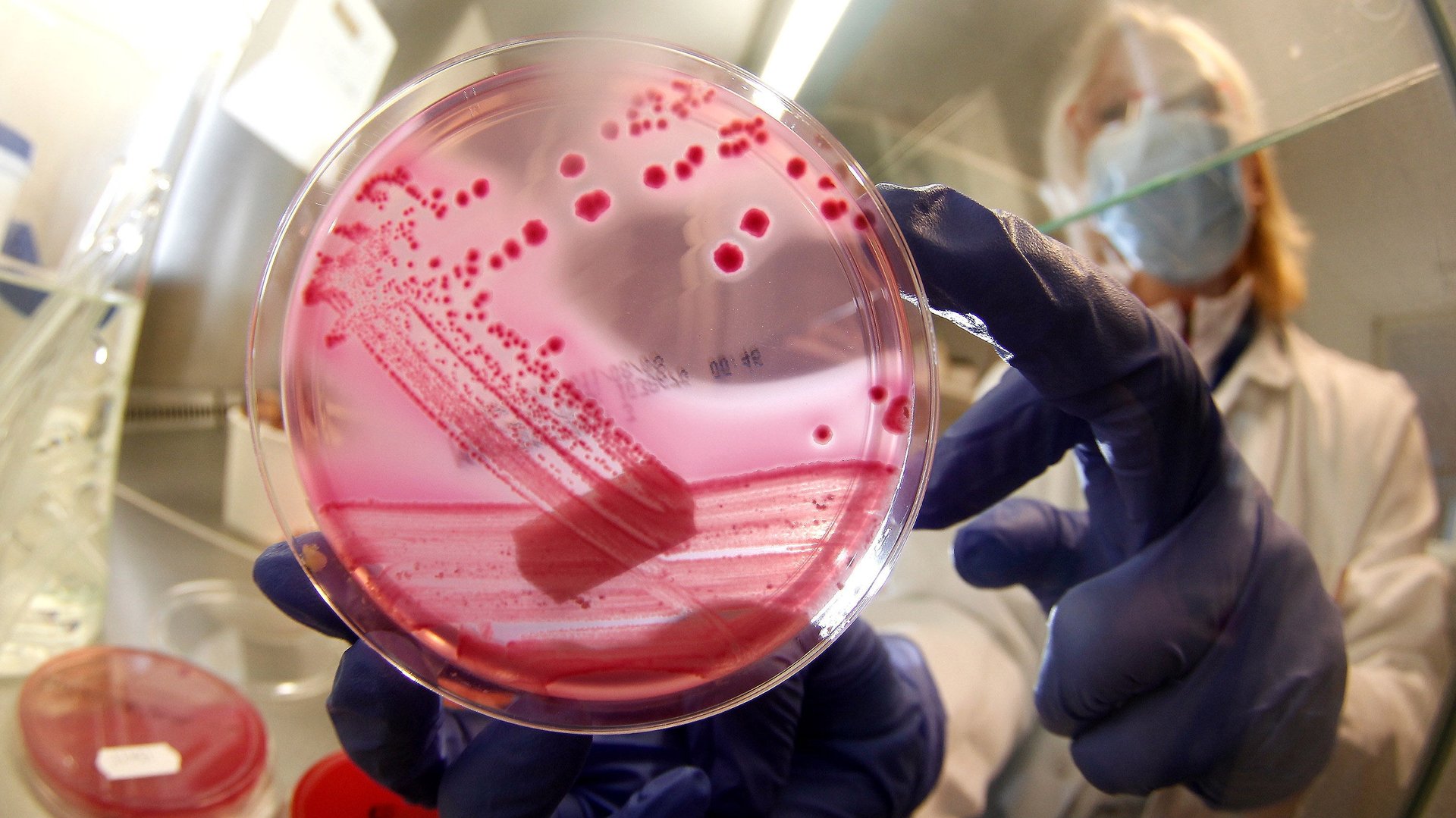Scientists just made bacteria that love coffee as much as you do
Many of us like to think that we “live off” of caffeine, but our caffeine-addicted culture just doesn’t compare to the bacterial cultures growing in Texas laboratories, where scientists from the University of Texas and the University of Iowa have created synthetic bacteria that need caffeine to live and reproduce.


Many of us like to think that we “live off” of caffeine, but our caffeine-addicted culture just doesn’t compare to the bacterial cultures growing in Texas laboratories, where scientists from the University of Texas and the University of Iowa have created synthetic bacteria that need caffeine to live and reproduce.
“The major application is that whenever you are processing coffee berries, you are left with a lot of nutrient-rich plant material,” says Jeffrey Barrick, a biochemist at the University of Texas who worked on the experiment. “But because of the plants’ high caffeine levels, they are also really toxic—the bacteria could help turn that plant material into nutritious livestock feed,” which could make a big difference for farmers in developing countries.
Coffee’s energy-boosting properties sometimes come across as miraculous, but caffeine is basically just a bunch of oxygen, nitrogen, carbon and hydrogen atoms. Of these, hydrogen and carbon combine to form three methyl groups, which stick out from caffeine’s central ring structure. The genetically-engineered bacteria target these methyl groups: their enzymes break them down so they can reach the ring and make the DNA bases they need to survive. So, theoretically, you could add the bacteria to a can of Red Bull and watch them grow. In the short time it takes for the enzymes to break down the caffeine to its chemical precursor, xanthin, you could obtain a perfectly decaffeinated energy drink—with lots of bacterial growth for added flavor.
“I really wouldn’t recommend that,” says Barrick, “but the bacteria are a useful tool to measure caffeine content though.” Their growth is limited by how much caffeine is contained in a liquid—the more there is, the more they multiply.
To create the bacteria, Barrick and his colleagues used a naturally-occurring bacterium that eats caffeine—Pseudomonas putida CBB5—which was discovered in a University of Iowa flowerbed in 2011. At the time of the Iowa discovery, scientists believed that the bacteria would be useful in environmental clean-up efforts, but CBB5 turned out to be less reliable than scientists had initially hoped.
So Barrick and his collaborators decided to see what would happen if the gene clusters responsible for making the caffeine-degrading enzymes present in CBB5 were inserted in a harmless strain of E. coli which is regularly used in synthetic biology. After a few failed attempts, Barrick’s team discovered that it needed to also add a protein from a species of Janthinobacterium, a genus of bacteria that lives in the soil, in order to make the synthetic bacteria “work.”
Using their new creation, Barrick and his colleagues were able to determine the caffeine content of Red Bull, Monster energy drink, Starbucks espresso and Diet Coke. All they had to do was add the bacteria to the drinks and measure their growth (no discrepancies here: the caffeine levels in all the drinks fell within the range reported by the manufacturers.)
“We basically created a little biosensor that replicates itself cheaply,” says Barrick. “All you have to do is provide it with a little bit of food and you get copies of this thing.”
Given the increasing levels of caffeine pollution around the world—caffeine levels in water are on the rise due to decaf coffee production and human waste—these bacteria could turn out to be very useful environmental clean-up tools.
And pharmaceutical companies that make methylxanthine drugs—a class of drugs commonly used to treat asthma and chronic obstructive pulmonary disease—could also benefit from using these bacteria, because their production relies on the byproducts of caffeine and other methylxanthines.
It’s unclear when the bacterium will be ready to make its industry debut, but University of Iowa scientists are filing patents as we speak.
For his part, Barrick seems especially excited about a much simpler application:
“It will be fun to see high school students use the bacteria to measure caffeine levels for science fair projects.”